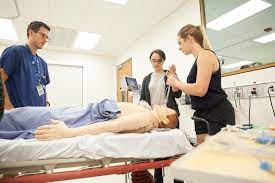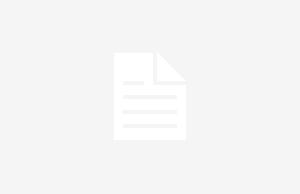In today’s rapidly advancing technological landscape, remote patient monitoring (RPM) has become crucial to healthcare delivery. With the ability to monitor patients’ health status from a distance, RPM offers numerous benefits and has the potential to revolutionize the way healthcare is provided. This article explores the significance of RPM in healthcare and its potential to enhance patient care, prevent complications, reduce costs, and empower individuals.
Benefits of Remote Patient Monitoring
● Enhanced patient care and improved outcomes
Continuous monitoring of vital signs and health parameters allows healthcare providers to detect early warning signs and intervene promptly, leading to better patient outcomes and reduced hospital readmissions.
● Early detection and prevention of health complications
Real-time data collection and analysis enable healthcare professionals to identify trends or deviations from the norm, facilitating timely interventions and preventive measures to avoid complications.
● Remote monitoring of vital signs
With the help of wearable devices and sensors, RPM allows continuous monitoring of vital signs such as heart rate, blood pressure, and oxygen saturation. Any significant changes or abnormalities can be detected early, enabling prompt medical attention. Remote Patient Monitoring services offer a transformative approach to healthcare by enabling continuous monitoring and proactive care from a distance.
● Increased patient engagement and empowerment
RPM encourages active patient participation in their healthcare journey. Patients can monitor their health status, receive educational resources, and communicate with healthcare providers, leading to improved self-management and empowerment.
● Access to healthcare for underserved populations
RPM bridges geographical barriers, making healthcare accessible to individuals in remote or underserved areas. It allows patients to receive quality care and monitoring without frequent in-person visits to healthcare facilities.
● Personalized care plans for chronic disease management
RPM enables healthcare providers to develop individualized care plans for patients with chronic conditions. By tracking symptoms, medication adherence, and lifestyle factors, providers can make data-driven adjustments to treatment plans, resulting in better disease management.
● Post-operative and post-discharge care
RPM facilitates remote monitoring of patients after surgical procedures or hospital discharge. It ensures close observation of recovery progress, reduces the risk of postoperative complications, and provides timely intervention if necessary.
● Mental health and wellness monitoring
RPM extends beyond physical health monitoring and can include mental health parameters. Healthcare providers can offer timely support and interventions for mental well-being by tracking mood, sleep patterns, and stress levels.
● Aging population and independent living support
RPM is crucial in supporting the aging population and individuals who want independence. By monitoring activities of daily living, fall detection, and medication adherence, RPM promotes safety, early intervention, and peace of mind for caregivers and family members.
● Reduction in healthcare costs
By preventing complications, hospitalizations, and emergency room visits, RPM can significantly reduce healthcare costs associated with expensive treatments and extended hospital stays. Healthcare business process outsourcing provides a cost-effective solution for healthcare organizations to streamline their administrative tasks and focus on delivering quality patient care.
Future Trends and Developments
Looking ahead, several trends and developments are shaping the future of remote patient monitoring:
● Advancements in wearable technology and sensors
Continuous innovation in wearable devices and sensors will lead to more accurate, user-friendly, and unobtrusive monitoring solutions, further enhancing the capabilities of RPM.
● Artificial intelligence and machine learning in RPM
Integrating AI and machine learning algorithms can analyze vast amounts of patient data, identify patterns, and provide predictive insights for early intervention and personalized care.
● Integration of virtual reality and augmented reality
Integrating virtual reality (VR) and augmented reality (AR) technologies in RPM can enhance patient education, immersive therapy, and remote consultations, providing a new dimension to healthcare delivery.
● Expansion of telehealth services
RPM is closely intertwined with telehealth services, and expanding telehealth platforms will further support remote patient monitoring and improve access to healthcare services.
Conclusion
Remote patient monitoring has emerged as a transformative technology in healthcare, offering numerous benefits such as enhanced patient care, prevention of complications, reduced costs, and patient empowerment. With the continued advancements in technology and supportive policies, remote patient monitoring is set to shape the future of healthcare, ultimately leading to improved patient outcomes and a more patient-centric healthcare experience.














